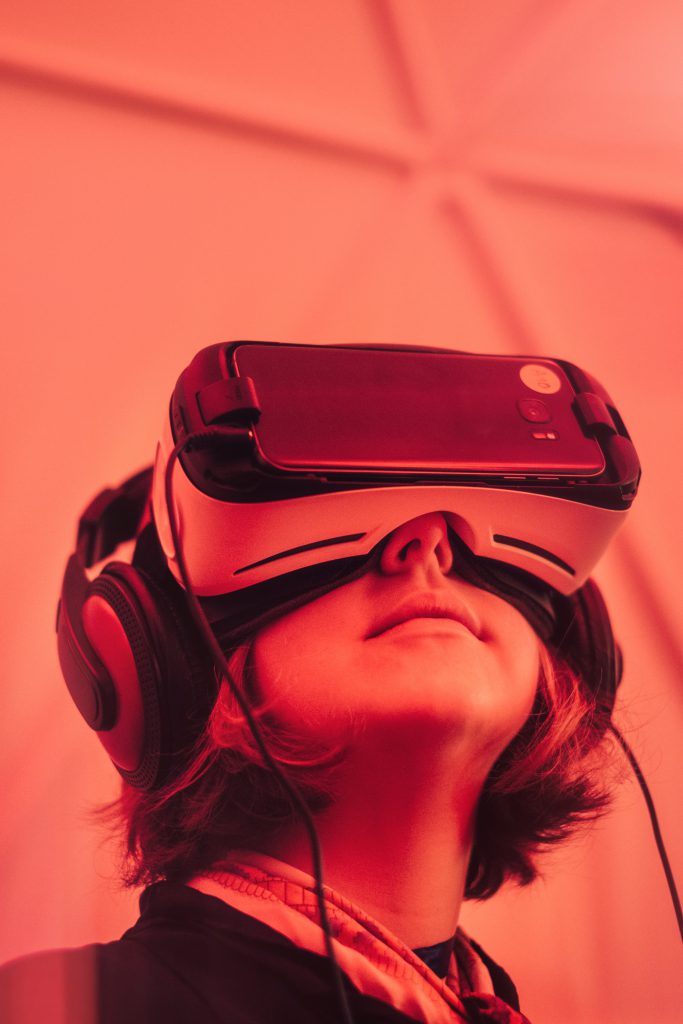
Thoughts are turning to the next Jisc Digital Leaders Programme which happens in May. Something that I’ve been reflecting on since last year’s event was the role of leaders in supporting digital innovation.
It’s important to foster a culture of play and experimentation in an organisation which allows pockets of innovation to flourish. The problem we find a lot of institutions face is how to take the discoveries of those small-scale projects and to embed them across the organisation.This is one of the topics of the Digital Leaders programme.
What’s been occupying me, though is how do you determine which technologies are likely to embed successfully across an organisation.*
The pace of change
Technology advances at a blistering pace. No sooner do you think you’ve got your head around something like WhatsApp then someone mentions Signal and it can feel like you’re back to square one! It might feel safer to revert to more established channels like Facebook although this could mean you miss out on the opportunity to engage with new audiences and in new ways .
One thing our team of subject specialists gets asked about a lot at the moment is virtual and augmented reality. There’s a feeling that these emerging technologies have potential for education but a way of using them in the mainstream seems elusive.
Universities and colleges don’t have the time or resources to invest in everything and it would test the capabilities and resilience of staff even if we could.
Institutions should focus on the things that are likely to actually make a difference either by transforming learning, professional practice or the effectiveness of the organisation. Success isn’t guaranteed, some level of failure is inevitable, but we should always be trying to shorten the odds.
Some rules of thumb
This is obviously a very complex process but I’ve found it useful to boil things down into some basic rules of thumb.
The first: always focus on the use, not on the features.
Take Twitter as an example. As a basic premise (140 character micro updates sent and received by a network of followers) it doesn’t exactly sound earth-shattering but it’s only through the different uses that have emerged over the years that have made it a successful platform.
Unpromising looking technology can have a real transformative effect when put to the right use.
Once you focus on use and the impact on the user you can start to apply some other simple tests.
Balancing costs and benefits
When considering the potential impact a technology might have, it helps to start by asking two simple questions.
- To what extent does the use of this technology change our relationship with information and knowledge?
- And to what extent does it affect our relationship with other people?
Unless something significantly impacts on one or either of these it’s probably not worth spending much time worrying about, or maybe you just haven’t identified the best way of using it yet. It took a long time for mobile networks and then their customers to cotton onto the potential for SMS – the tech was there, we just didn’t know how to use it (or monetise it!).
Relationship with information and knowledge
Technology can affect our relationship with information and knowledge in many different ways. It can make it cheaper and quicker to access. It can present it to me in contexts where the information is timely or location-specific or in a way that a physical disability has stopped me from doing in the past. It can uncover information that was previously withheld or difficult to find, making what was closed, open. It can aggregate it from a number of sources. It can help us to synthesise it come to new understandings.
Relationships with people
Technology can allow us to connect with people that were previously out of reach for physical, social or economic reasons. We can communicate with them more often and in greater numbers. It can help us to collaborate more easily or on more complex tasks and co-create knowledge. It can change or subvert the relationships of power.
The question for any new technology is will it do these things in a way that is currently impossible or do it better than the systems and tools we already have. It also needs to do it in a way that is valuable to the organisation.
If the answer is no to any of these questions then we should be thinking critically about the value of taking it forward.
If the answer is yes it means we can start balancing it against the potential costs which might include:
- Financial cost
- Developing user skills and capabilities
- Accessibility
- Privacy and security
- Safeguarding and ethics
- Longevity
Virtual Reality as an example of innovation

Take Virtual Reality as an example as this comes up a lot when we talk to colleges and universities about emerging technologies.
Much of the argument I hear made for the adoption of VR (usually from people selling it) is that it is a uniquely immersive experience and that it’s a great tool for improving learner engagement. I’m not convinced that immersion and engagement are synonymous but the important thing is that this argument focuses on features, not use so it doesn’t help us.
But let’s say we were investigating using VR and 360 degree video to support fieldwork activity. Video shot in the field could be accessed through a VR headset either in the run up to the fieldtrip or as a tool for reviewing a visit back at base.
At the moment VR doesn’t give us very much when it comes to interacting with others so I’ll focus on how it changes our relationship with information. The information here is the visual appearance of a location and getting access to that without the expense of repeated visits to the same site may be of value. The ability to look round in 360 degrees could potentially give a better idea of scale and distance that might previously have required the use of a number of different information sources. It could also be that the risks to safety of taking students into particular environments are intolerable for an institution charged with their care.
Assuming we can use this to test the value of the technology we can now balance that up against all the other aspects of using it like the cost of the equipment, the redesign of fieldwork activity, health and safety issues and so on.
Whether in this context VR offers anything more than marginal gains over more established working methods is something I’d have to leave to more experienced fieldwork leaders.
Incidentally, if you want to know what Jisc is doing to develop innovative uses of VR and AR in education you should check out the work of Matt Ramirez and Suhad Aljundi.
In summary
This approach does have shortcomings. It’s only meant as a rule of thumb but how would it apply to new technologies that you are discovering?
- Always think about uses and users, not features.
- How does this technology affect our relationship to information and knowledge?
- How does it affect relationship to other people…
- …and are these benefits of value to you?
- How do they stack up against the real world costs?
If it still looks like the technology is “in credit” after this it’s worth moving on to the next phase to develop and then embed its use.
Jisc’s process for innovation involves a thorough discovery phase that ensure these sorts of questions are considered before moving on. It’s by no means the end of the process and failure is still a possibility.
But hopefully, you’ve put yourself in a much better position to choose the sorts of technology projects that are more likely to take off.
* I’m deliberately taking a top-down view of this topic. The challenges of developing the uses of technology in a much less-controlled fashion will have to wait for another blog post

